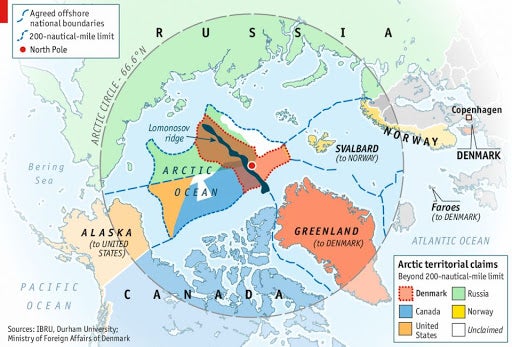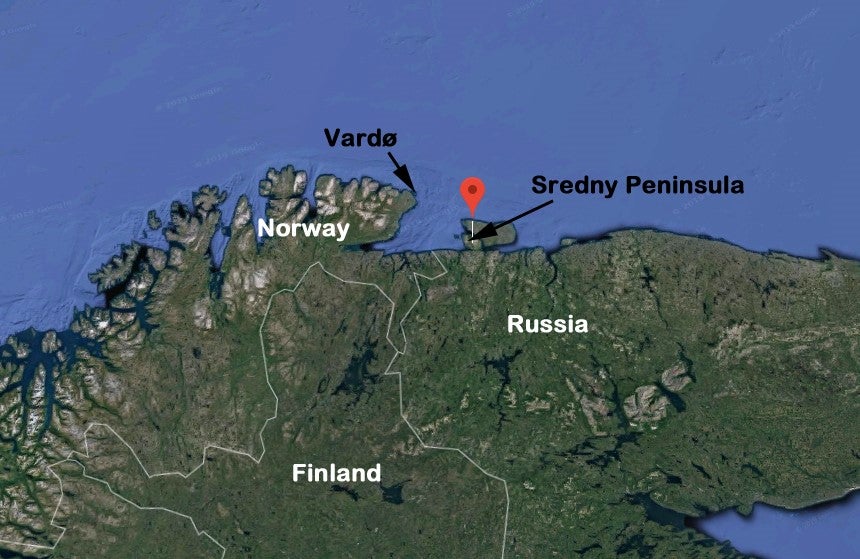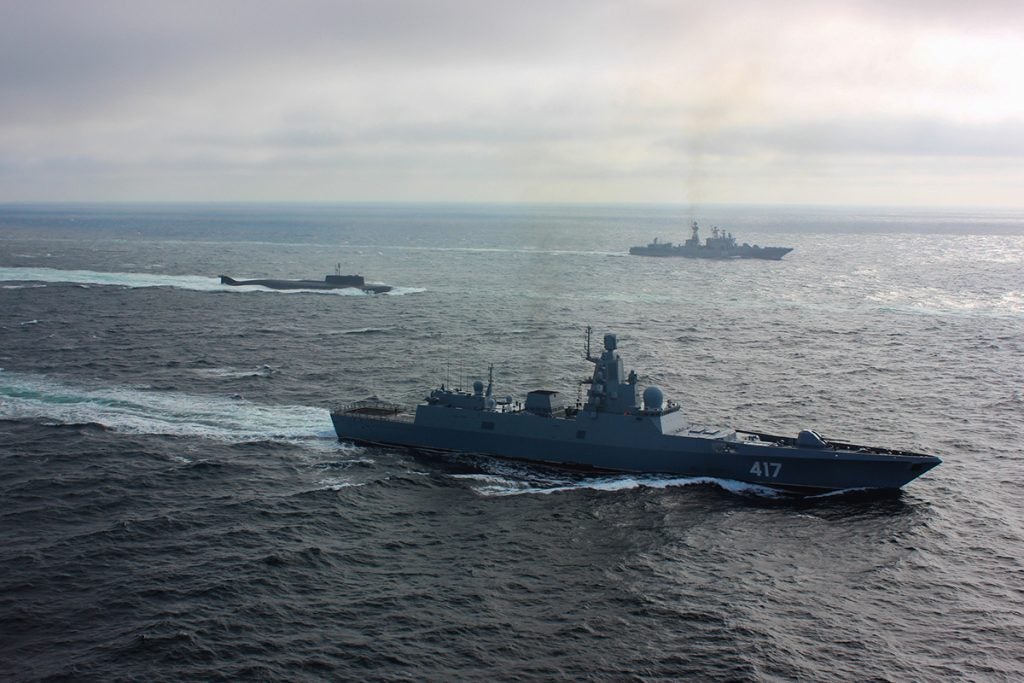Russian Steel in the Arctic Sea
The world is facing a new geopolitical competition area, the Arctic region. The Arctic emerged as a new area of competition with the staggering effects of global warming, as the ice melts, new and more beneficial trade routes have emerged. Furthermore, strategic resources which were impossible to exploit previously due to a thick ice layer have become available. These two primary reasons make the region increasingly significant for all great powers and the region may become as import in the 21st century as the Middle East became during the 20th. Especially, as Russia considers the region to be one of their top priorities for the country’s strategic security.
To understand the reason why Russia considers the region as so critical, we must compare the trade routes between St. Petersburg and Vladivostok. The distance between St. Petersburg and Vladivostok via the Northern Sea Route is 14,280km, compared to 23,200km via the Suez Canal and 29,400 km around the Cape of Good Hope. Recently, Russia has conducted a huge Arctic military exercise and the US Department of the Air Force introduced an Arctic Strategy paper. Let’s take a quick look at Russia’s Arctic exercises.

According to TASS, Russia’s Northern Fleet is conducting a large-scale force-on-force battalion-level drill in the Murmansk Region’s Sredny Peninsula. One of the statement’s of the Northern Fleet’s Press Office, reveals the scope of the exercises:
“This stage of the surprise inspection involves over 20 ships, submarines and support vessels of the Northern Fleet, six tactical naval groups, about 10 aircraft of various classes, over 250 items of armament, military and special hardware and more than 3,000 personnel of the Northern Fleet.”

Another important point from the press office announcements is that the Northern Fleet’s army corps practiced a scenario focused on countering an amphibious assault on the northern coast of the country. This scenario indirectly tells us that Russia sees the region as highly significant and seeks to prepare for every scenario. TASS also implied the use of drones several times in the article, the implication of this capability is increasingly important, especially at a time when drones are proving their effectiveness in numerous theatres around the world. .

